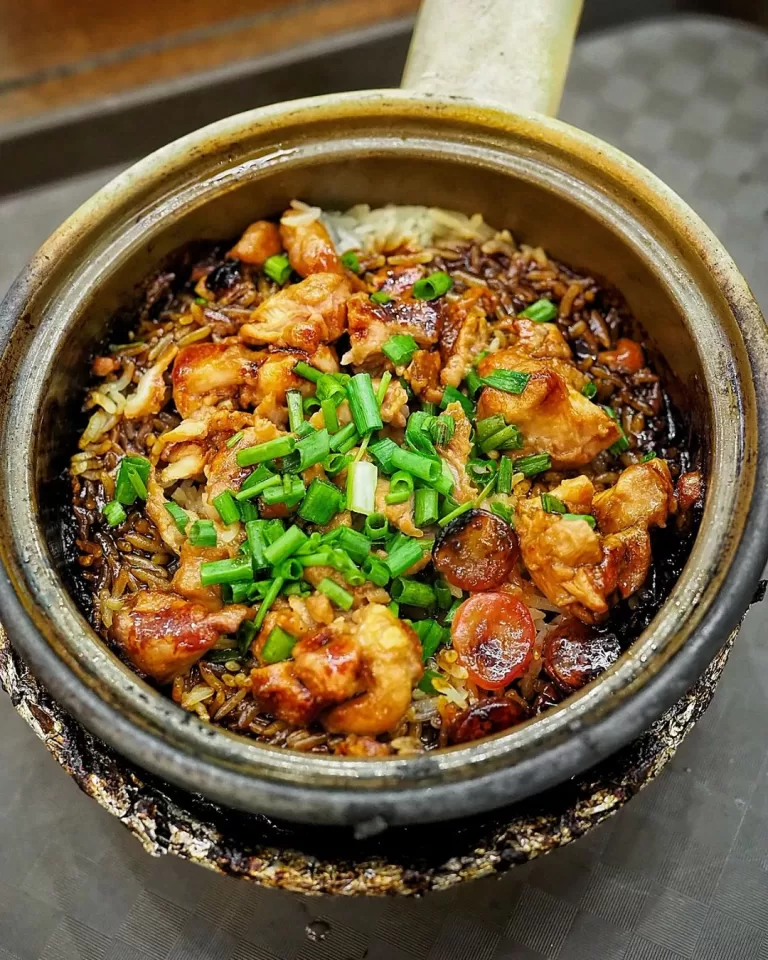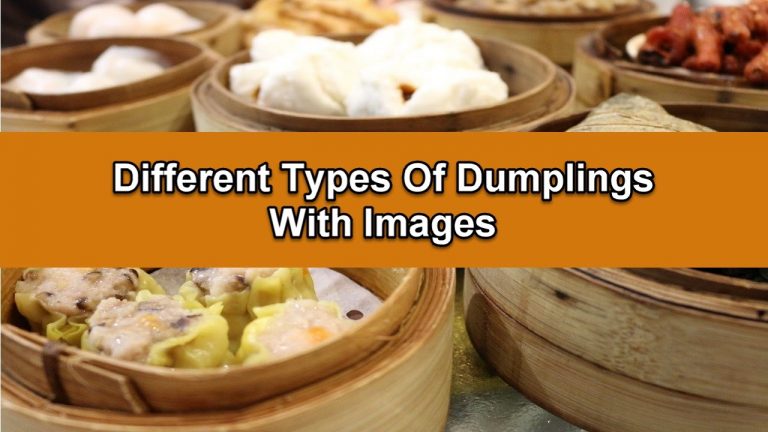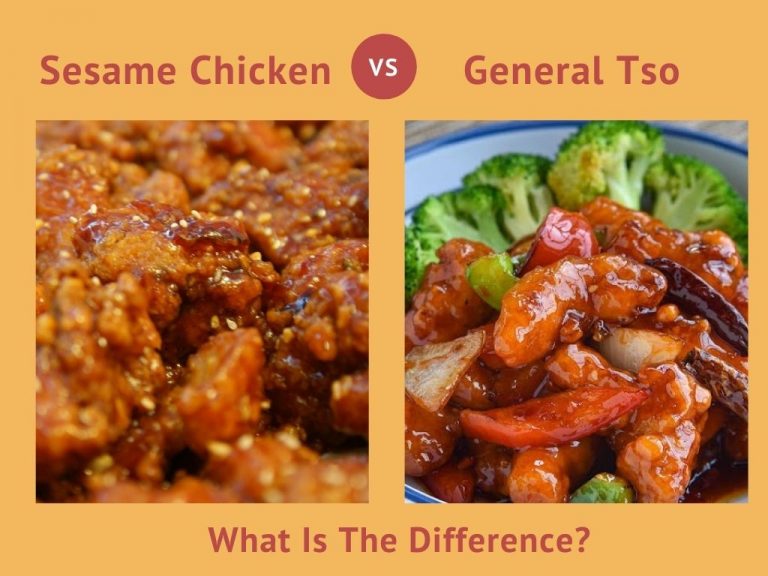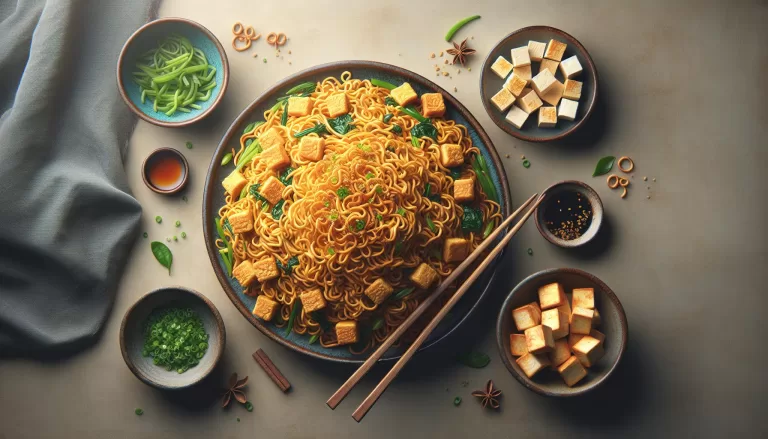Easy Homemade Boiled Daikon Radish Recipe and Its Global Culinary Uses
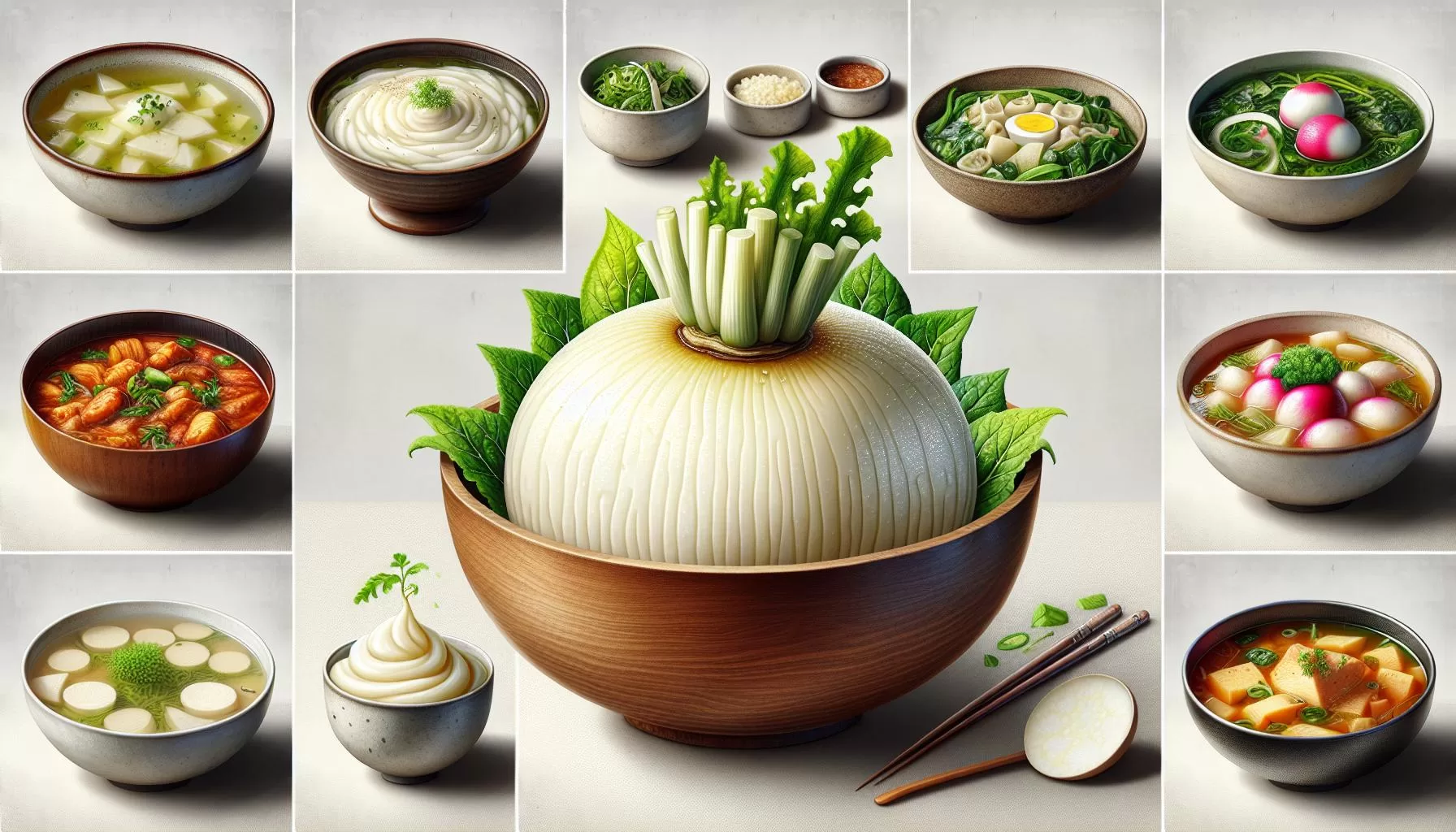
Benefits of Daikon Radish
Daikon radish delivers much more than a captivating flavor profile – it’s a nutritional powerhouse, rich in vitamins and minerals. Uncover the surprising health benefits hidden beneath the humble, white exterior of this versatile vegetable.
Only beginning with the basics, daikon is impressively low in calories, an excellent component in weight-loss meal plans. Tucking into a serving contains merely 18 calories but keeps you feeling satiated, helping you avoid nibbling on calorie-dense snacks.
Daikon is a prime source of Vitamin C. The human body can’t produce this essential vitamin, making it necessary to source from the diet. Fortifying your immune system, Vitamin C promotes wound healing and aids in the absorption of iron.
A significant proportion of our body’s needs for potassium are met in a single daikon. This mineral is imperative to a well-functioning cardiovascular system. Potassium helps in regulating blood pressure, reducing the risk of stroke.
Also noteworthy is the radish’s rich fiber content. We know the importance of fiber – it aids in digestion, reducing the incidence of constipation. The effects extend to a lower risk of developing heart disease and certain types of cancer.
Here’s how these benefits translate into numbers:
| Nutrient | Quantity (Per 100g of Daikon) |
|---|---|
| Calories | 18 kcal |
| Vitamin C | 22% of Daily Value |
| Potassium | 9% of Daily Value |
| Fiber | 1.6 g |
To think, all this goodness comes from an ordinary daikon! Phew. Now let’s enhance your understanding of daikon’s role in your kitchen, and more importantly, in your culinary masterpieces. Next up, we delve into the art and science of boiling daikon to perfection.
Choosing the Perfect Daikon

As you embark on your culinary adventure with daikon radish, remember the first step is selecting the perfect daikon. Knowing what to look for can make all the difference in the success of your homemade boiled daikon recipe.
Ensure your daikon has a smooth, shiny white skin. This is a clear sign of freshness. If it’s coated with a thin layer of wax, don’t fret! Daikons are often waxed to help extend their shelf life. Just remember to peel off the skin before using it in your dish.
Consider the daikon’s size. While it can grow up to 20 inches long and 4 inches in diameter, the ideal size for boiling is 10-12 inches in length and 2-3 inches in diameter. Larger radishes tend to be more fibrous and less flavorful.
Next, check for firmness. Give the radish a gentle squeeze. If it’s hard to the touch with no spots of softness, you’ve got yourself a winner.
Finally, the ends of the daikon should be nice and green. This indicates that the radish is still vibrant and hasn’t started to decay.
Preparing the Daikon

After you’ve picked the perfect daikon, it’s time to get it ready for your homemade boiled daikon recipe. The following is a guide to preparing the daikon to get optimal taste and texture.
Clean Your Daikon
Start by giving your daikon a good rinse under running water. This step removes dirt or small particles on the skin. Now, gently scrub its surface with a vegetable brush. Remember, you’re aiming to clean it, not skin it. So a light scrub will do.
Peeling or Not?
Peeling a daikon is completely up to your personal preference. For a softer texture, you can consider peeling. But remember, the skin carries a lot of flavor. If you choose to peel, ensure to save the skin to use in compost or stocks.
Cutting Techniques
Slicing your daikon can change the texture when it’s cooked. Thin slices will result in softer daikon, but remember that cooking times will need to be slightly adjusted. On the other hand, chunks or thick slices are ideal for a textured bite.
Brief Soaking for Mellow Taste
Daikon can have a bitter, peppery taste which not everyone enjoys. Soaking your cut daikon in a bowl of cold, salted water for about 15 minutes before cooking can help curb this and give a mellow flavor.
Here, we’ve given you a quick, step-by-step guide to preparing daikon. Remember, the beauty of homemade recipes is that they’re customizable. That’s why encouraging you to experiment with different cuts and soaking times to find out what works best for your preferences and the specific recipe you’re working on.
Boiling the Daikon

If you want the boldest flavor packed in your homemade boiled daikon, nothing beats the right way and time of boiling it to perfection. Let’s grab that pot, a pinch of salt and, of course, our freshly prepared daikon radish.
Breath-taking Simplicity
Looking over the stovetop, place your medium-sized pot of water. Bring it up to a piloting boil, where bubbles nip at the water’s surface. It’s an indication that your daikon is ready for the plunge. Take your prepared daikon, and with a gentle swish, let it submerge into the boiling pool.
Heads Up with the Boiling Time
In the realm of daikon boiling, timing is a non-negotiable aspect that impacts texture and flavor. While 15 minutes befits the daikon slices, chunky daikon lovers should let their radish boil for a good 20 minutes.
| Cut Type | Boiling Time |
|---|---|
| Slices | 15 minutes |
| Chunks | 20 minutes |
Fun fact – this difference in timing results in two unique radish experiences. The slices will lean towards a softer, more succulent mouth feel, while the chunks stay true to their firm texture.
The Salty Secret
Here’s a secret you may not have known – once your daikon radish is all set in the boiling water, add a significant amount of salt, about 1 tablespoon. That’s the magical element that nullifies the earthy bitterness and enhances the inherent sweetness of the daikon.
As the kitchen fills with the steamy aroma of daikon, all that’s left for you to do is wait patiently for the clock to chime the end of boiling time. As you flip through a cook book or sip some hot brew, remember that adjusting the boiling process to your liking forms part of this daikon adventure. Enjoy the experience by putting your personal spin and voila! Boiled daikon has never tasted this good.
Serving Suggestions
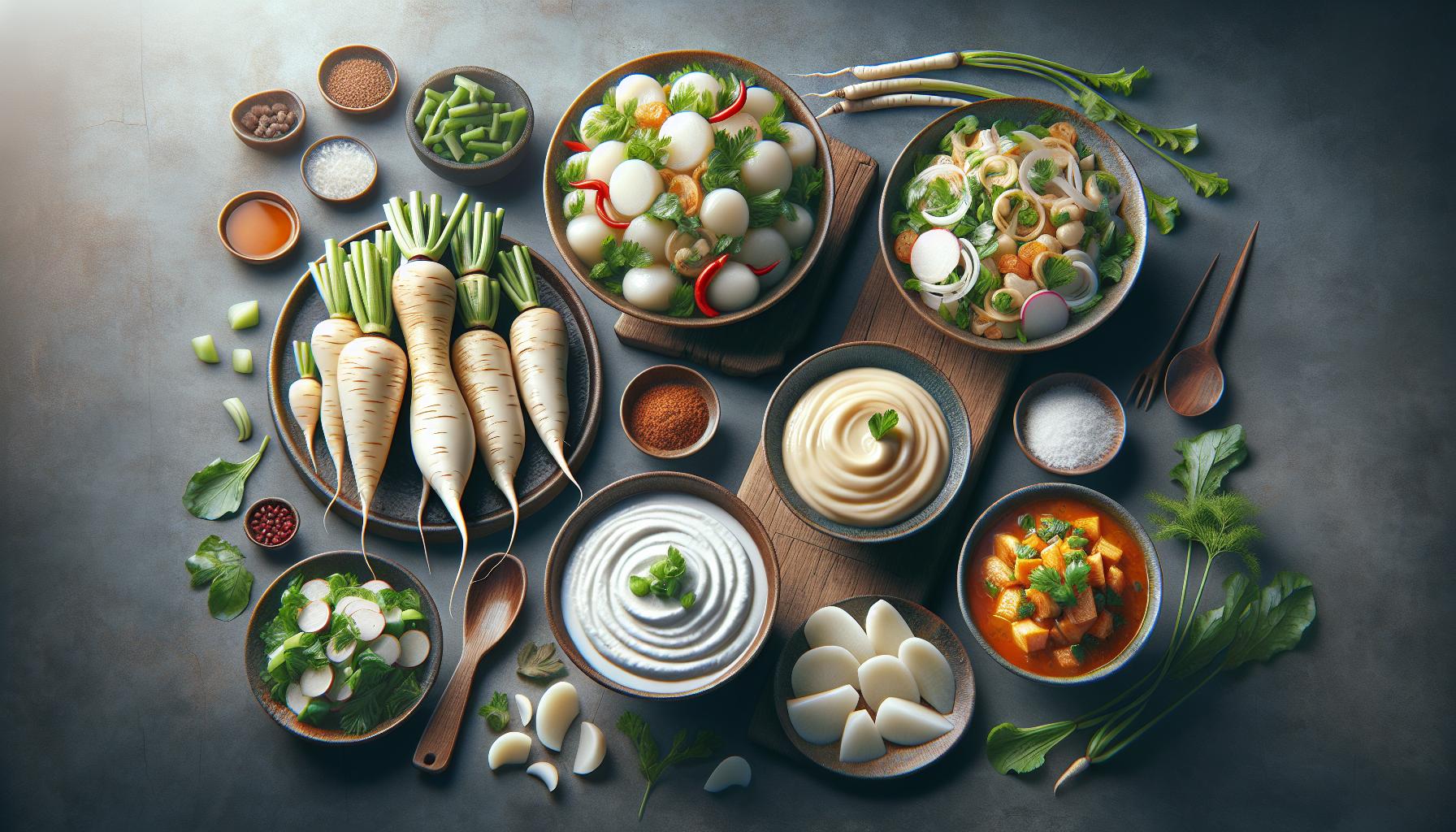
After you’ve perfected the art of boiling daikon, it’s time to explore various serving suggestions. Daikon radish is incredibly versatile, making it a hero in many dishes. Think of daikon not just as a side, but as a potential superstar of your meal!
Consider a chilled, refreshing daikon salad. Thinly slice your boiled daikon and toss it with a tangy vinegar-based dressing. Add a solid crunch with cucumber or carrot matchsticks. Sprinkle some sesame seeds on top for that extra flavor punch.
Looking for something heartier? Mash your boiled daikon radish like you would do with potatoes. Mix in a liberal amount of butter, a dash of milk, and some finely chopped chives. This makes a delightful alternative to regular mashed potatoes.
Want to crank up the heat? Try adding your boiled daikon to a spicy Korean stew – Kimchi Jjigae. It’ll absorb the flavors like a sponge, providing a juicy burst of heat with every bite.
Take note, the boiled daikon can also be used in many staple Japanese dishes. Add it in your miso soup to enhance the umami taste or include it in your Oden (a type of Japanese hot pot), letting it simmer until it’s deeply soaked with amazing flavors.
Don’t forget that daikon is also a popular pickling item. Just marinate your boiled chunks in a simple blend of vinegar, sugar, and a bit of salt to enjoy as a tangy, crunchy condiment.
Here’s a table of how boiled daikon could be used differently in various cuisines:
| Cuisine | Use of Boiled Daikon |
|---|---|
| Japanese | In miso soup or Oden |
| Korean | In Kimchi Jjigae |
| General | In salads, as mashed daikon, or a pickled item |
Conclusion
So you’ve seen how versatile boiled daikon can be. It’s not just a simple side dish, but a culinary chameleon that fits right into a variety of meals. Whether it’s a vibrant daikon salad, a comforting bowl of mashed daikon, or a spicy Korean stew, this humble ingredient brings a unique flavor profile to the table. Even as a pickled condiment, it shines. The possibilities are endless with boiled daikon, proving its worth in not just Japanese and Korean cuisines, but in your kitchen too. So don’t hesitate to experiment and make this boiled daikon recipe your own. After all, the best dishes come from a blend of tradition and personal touch.

